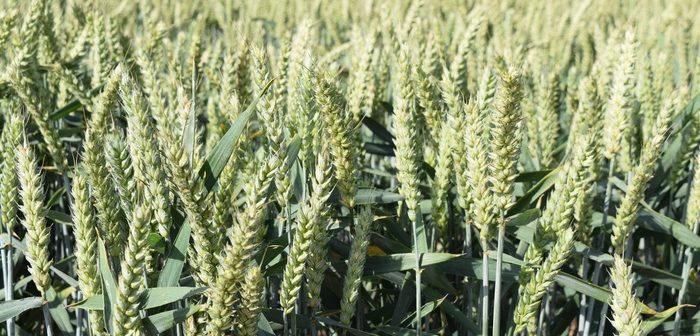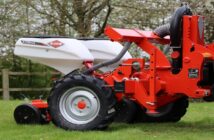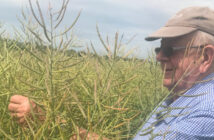A Group 4 soft winter wheat for the north with excellent distilling potential, a conventional two-row feed winter barley with hybrid-level yields and a feed spring barley for the east and west regions are Senova’s three new additions to the latest Recommended Lists.
Winter Wheat
Swallow comes onto the AHDB Recommended List 2021/22 in the soft Group 4 sector with a specific recommendation for the north.
A feed winter wheat variety which has given its best yield in the north on 102 – it is also likely to be of interest to growers further south.
With the highest average alcohol yields achieved in 2020 RL trials and matching its excellent alcohol yields in NL trials in 2018 and 2019, Swallow sets new standards for distilling and is expected to have a significant impact on the grain distilling market.
It combines this promising market appeal with farmer-friendly agronomic characteristics, including short, very stiff straw and early maturity.
Good all-round disease ratings and resistance to orange wheat blossom midge add to its credentials, as well as its suitability for both very early and late sowing.
Bred by John Blackman but due to be marketed by Senova, Swallow tillers freely and produces high ear numbers with good quality grain.
A high starch content, Hagberg of 245 and specific weight of 76.3kg/hl are complemented by a superb lodging resistance (+PGR) score of 9 [-PGR 8], a height of 78cm (compared to over 90cm for Skyscraper) and 6s for both yellow rust and brown rust resistance.
Its Septoria tritici score of 5.7 might not be representative given its yield in untreated trials and is better than other popular soft wheats.
Swallow joins Senova’s hard Group 4 winter wheat, Costello, on the Recommended List, at a time when resilient varieties are in demand and fungicide choices are dwindling.
Winter Barley
Bordeaux, a new conventional winter feed barley variety with a UK recommendation, rivals the six-row hybrids for yield, joining the list on 106.
With a specific weight of 69.9kg/hl and low screenings losses, Bordeaux also offers better grain quality than most other winter barleys, along with early maturity.
At 86cm tall, it has a 7 for lodging resistance. It is also resistant to Barley Yellow Mosaic Virus and has ratings of 6 for both mildew and brown rust, with 4s for Rhynchosporium and net blotch.
Senova’s commercial director Jeremy Taylor reports plenty of early interest in Bordeaux, reflecting the preference that growers have for varieties that perform well regardless of the season but are easy to manage.
“In the difficult 2020 growing year, Bordeaux still produced the goods,” he says. “There are commercial reasons why conventional barley varieties are preferred to hybrids on-farm, and with varieties like Bordeaux closing the yield gap between them, there are now compelling agronomic reasons too.”
Bordeaux joins Senova’s other two-row feed winter barley, Valerie, on the list, maintaining the company’s tradition of marketing barley varieties that combine high yields with good grain quality.
Spring Barley
Cadiz is a new, high yielding feed spring barley which has been given a specific recommendation for the east and west regions.
Joining the list with a UK yield of 103, it achieved 105 in the east and 106 in the west. Cadiz lines up with Senova’s existing feed spring barley varieties, Fairway and Prospect, as well as its malting type, Cosmopolitan, on the Recommended List.
With a 7 for lodging and an 8 for brackling resistance, Cadiz has similar maturity to other leading spring varieties. With insufficient RL data generated for a brown rust or Rhynchosporium rating, it has a 9 for mildew.
Cadiz is another good addition, remarks Mr Taylor, who sees it having a place on mixed farms and where spring cropping is helping to spread workloads and control grass weeds.
“It’s a high yielding spring barley which isn’t difficult or expensive to grow,” he says.




